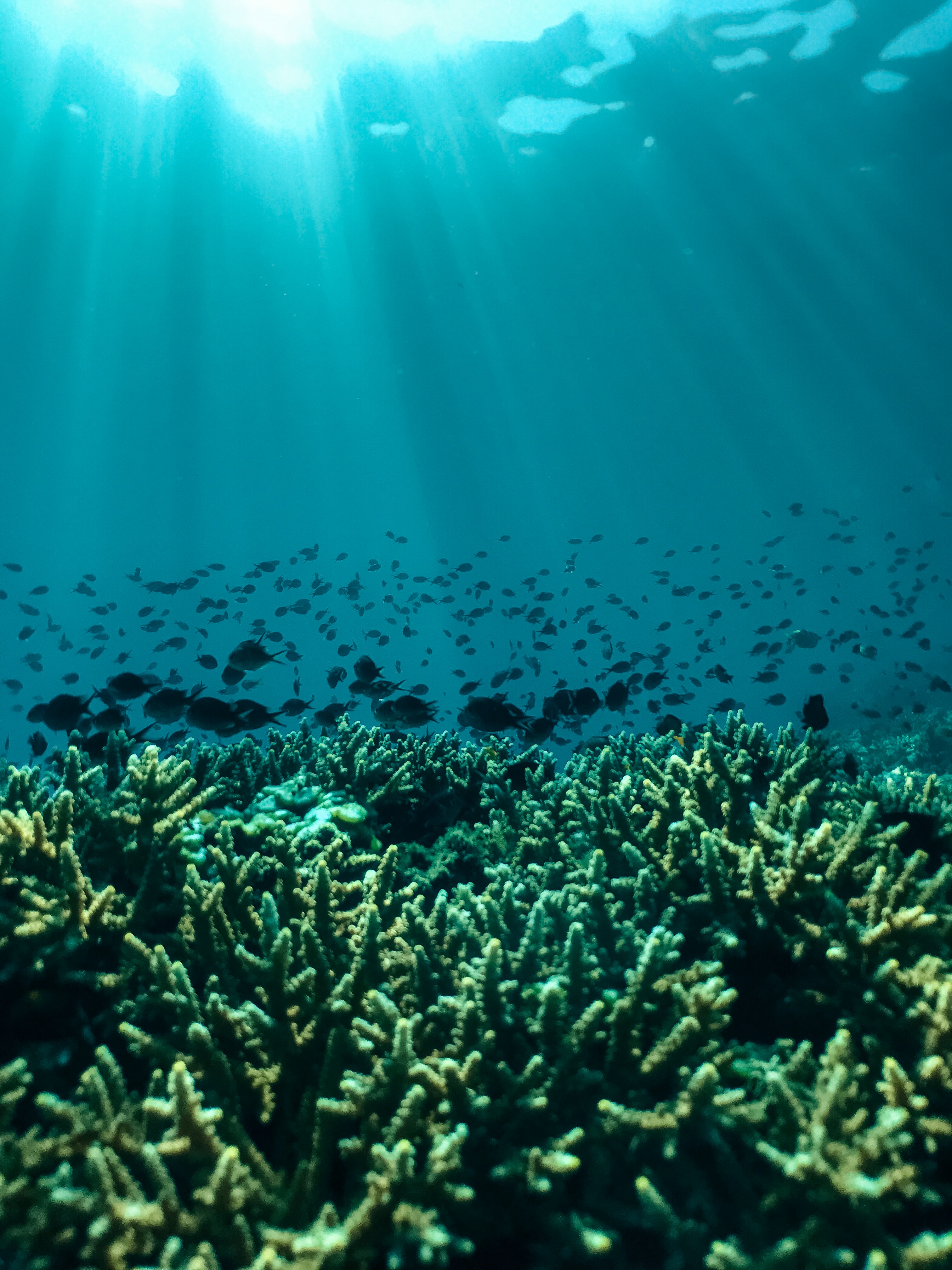About
Ninety-eight percent of all Marine Protected Areas (MPAs) will be created in our lifetimes, but those MPAs will not be effective if we do not plan for the fundamental changes in the ocean that are already occurring as a result of climate change. Dramatic shifts in ocean species will accelerate as climate change intensifies, and the human responses to shifting fish stocks will likely pose even greater threats to marine biodiversity than climate change impacts alone.
In collaboration with Conservation International (CI), this joint effort focuses on establishing climate-relevant zoning and management for MPAs, thus setting the stage for representing all ocean biodiversity in MPAs or other spatially-explicit conservation efforts as species move and productivity changes in response to climate change. Within this overall goal, we are placing special emphasis on identifying critical areas to protect for three unique and highly climate-impacted species groups – marine megafauna, coral reefs, and deep water corals.
